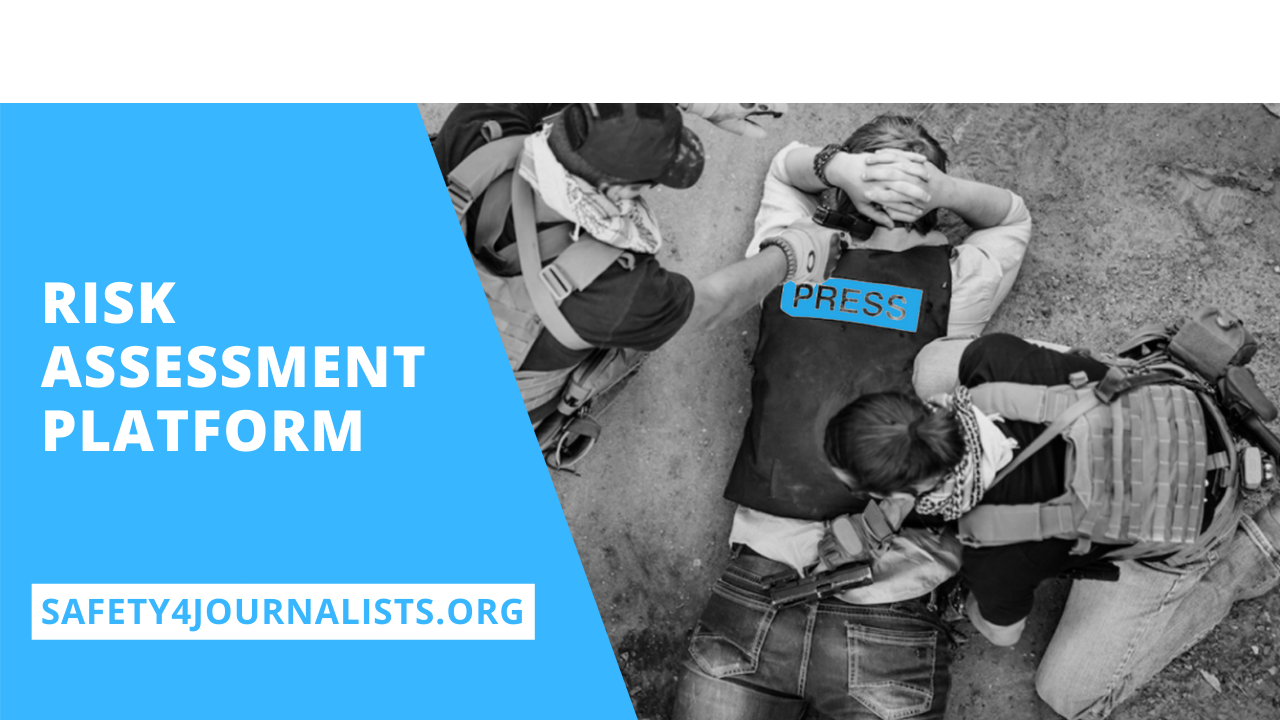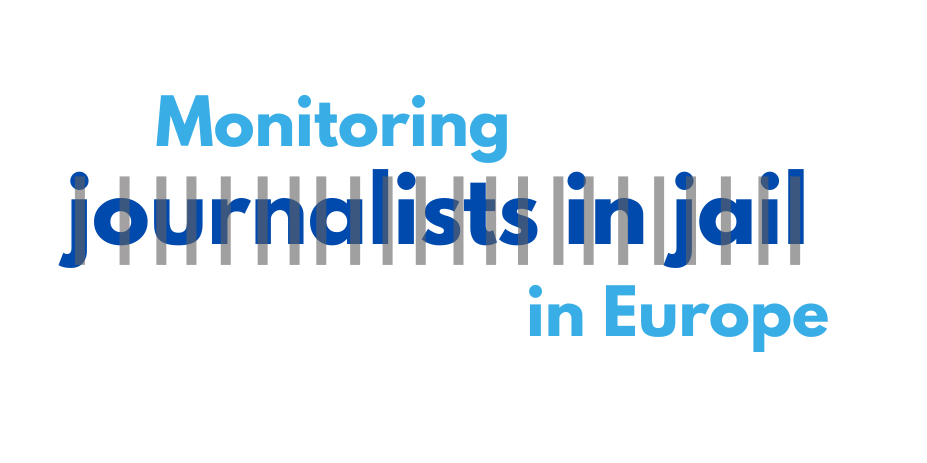Reuters Report 2021: Hybrid working underway for most news organisations

On 11 November 2021, the Reuters Institute published its November Institute Report. A panel of experts discussed the findings of a non-exhaustive study on hybrid working and the implications of this new model. The report, titled ‘Changing newsroom 2021: Hybrid Working and Improving Diversity Remain Twin Challenges for Publishers’, was written by Federica Cherubini, Nic Newman, and Rasmus Kleis Nielsen. It was published by the Reuters Institute for the Study of Journalism at the University of Oxford.
The report supports previousfindings of an EFJ report by Marc Gruberwhich noted that the future is hybrid, although working from home policies implemented by media companies are far from perfect and should be voluntary and reversible.
In the Reuters study, 79% of respondents say their company is on board with hybrid working. Only a fifth of the respondents say they would like employees to be back on-site all or most of the time. The main topics of discussion regard how to implement hybrid working in the most efficient way and how to avoid employees’ burnouts. While not being a comprehensive report on hybrid working, it gives good insights about the issues generally encountered by news organisations when it comes to the new post-lockdowns hybrid working environment.
“The news business is a team sport; newsrooms are designed as open spaces for a reason. We have done a remarkable job at keeping our programmes and digital news offer[ings] going strong while working remotely, but there’s an inevitable impact on creativity, collaboration, social cohesion, and mental health. There’s no doubt in my mind we are better when we are together.” Brodie Fenlon, Editor-in-Chief, CBC News, Canada
The roles of managers have slightly changed as more communication is required to make sure all employees are up to date with the workflow and that all employees are in good form mentally.

Uncertain future of hybrid working
The report also focuses on the role of the office, with some respondents saying they look at the office as a ‘focus for collaboration’ with frontline work done outside of the office. Almost half of the respondents have planned to redesign their office space according to the new hybrid working model, a quarter of them having either done or planned to reduce the surface area of it. Company offices are often redesigned to accommodate hot desking (the practice of having a desk used by different people at different times) and collaboration spaces.
If many companies are thinking about redesigning their office spaces to accommodate hybrid working, others argue that it is still too early and that the future remains uncertain.
The frequency at which different teams need to be at the office is also unclear for a lot of companies, although a trend is showing.
 Company culture
Company culture
Remote and hybrid working, forcing managers and employees to hold online meetings, has participated in a growing sense of inclusivity. The lack of training caused by remote working has been countered by some companies by an increase in online training and mentoring programs.
A few companies are adding management positions to alleviate the stress put on current managers.
Employees’ reactions
One of the main worries of a lot of companies when it comes to remote working is the risk of social isolation experienced strongly by some employees. Additionally, online meetings’ sound and audio quality varies from person to person and is not taken into account by all companies yet. New software solutions, for instance that zoom in on the person speaking, exist. Companies need to work on how to hold more effective and inclusive online meetings.
A lot of respondents said it was harder to get senior journalists back at the office, and that results in difficulties training junior journalists, or the risk of junior journalists getting overlooked and not supervised enough. A survey by German broadcaster RTL found employees lacked office life while at the same time enjoying more flexibility with the new hybrid working model.
Similarly, there is a consensus about what types of roles are better suited for remote or hybrid working and what types of roles need to be in the newsroom often.

‘Proximity bias’, which is the idea that those who work more often at the office would be considered better employees, is a point of worry for some.
Inclusion and diversity in the workplace
A significant percentage of the survey’s respondents think their organisation does a good job when it comes to gender diversity in the workplace, but political, ethnic and wealth diversity all have drastically lower scores.
 Methodology
Methodology
The survey is based on answers to the survey by newsroom leaders from around the world. The sample is not representative. The survey was completed by 132 individuals from 42 countries.






